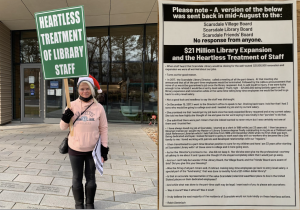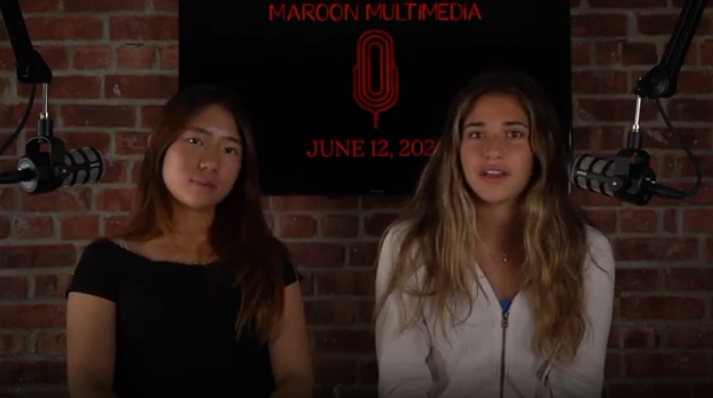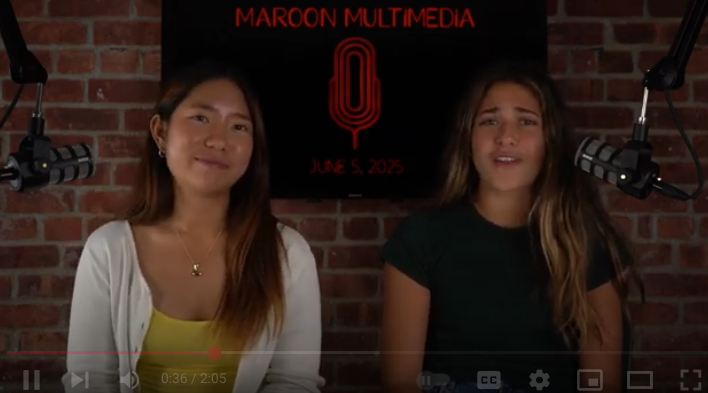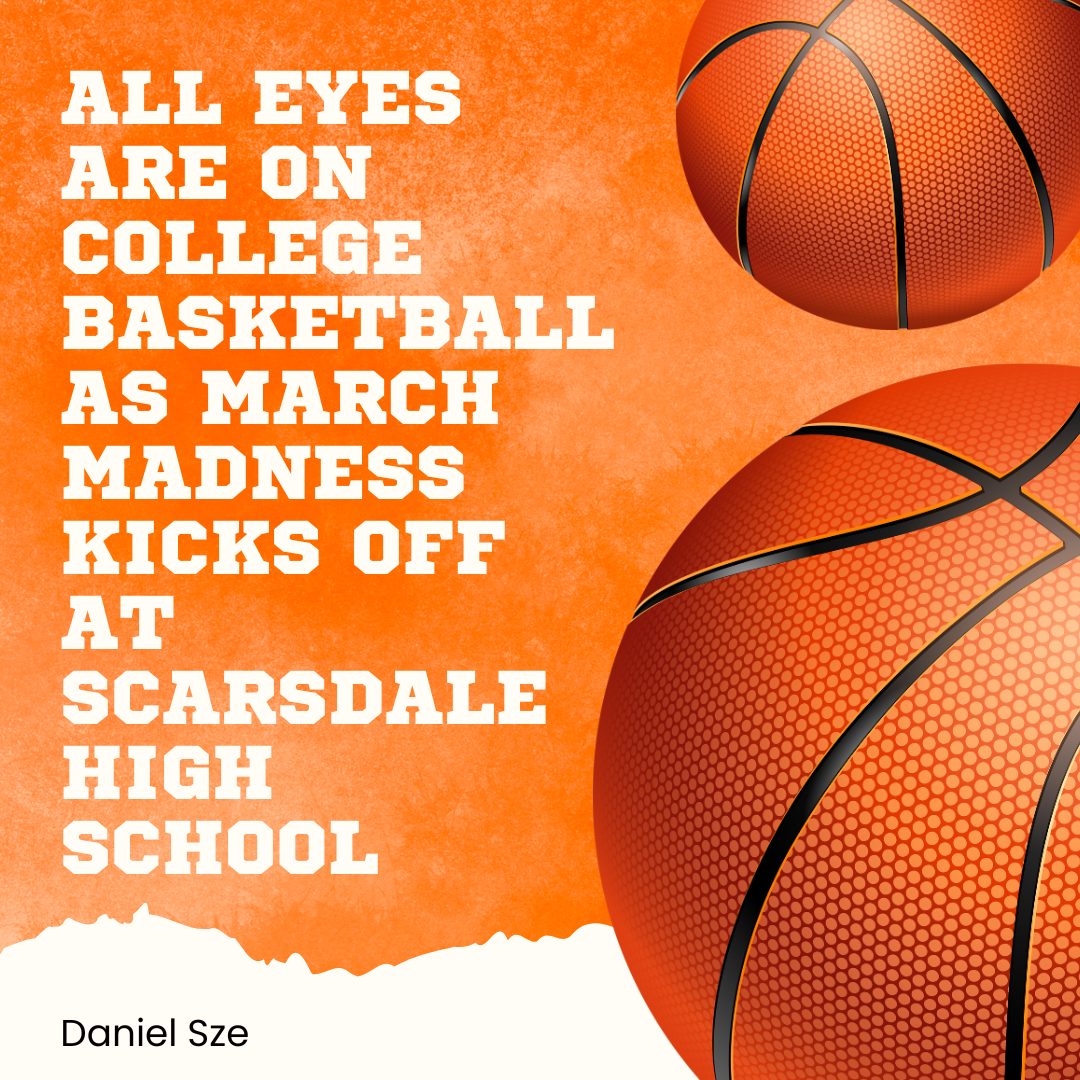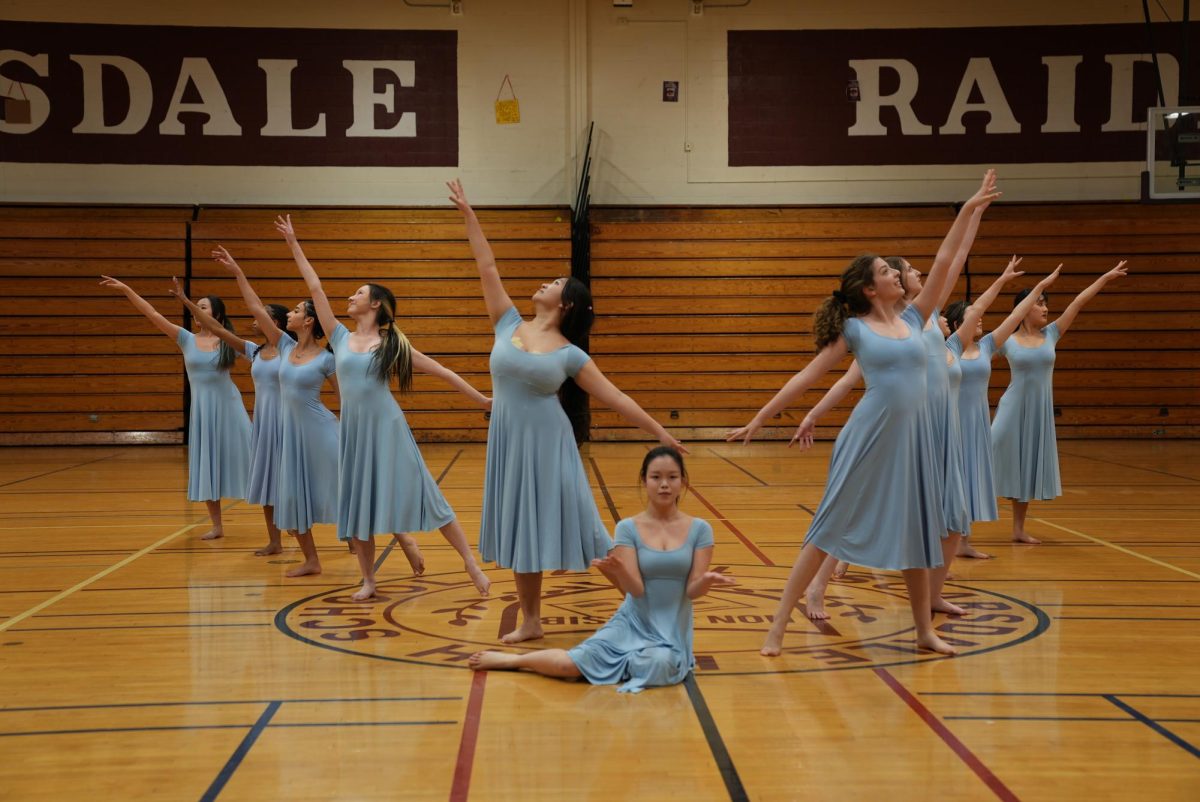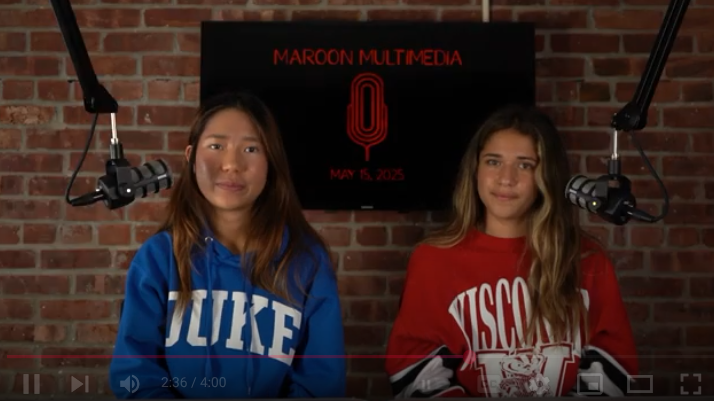The Impact of Extended School Closures
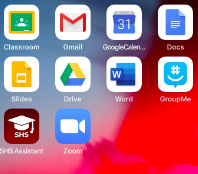
Distance learning continues to educate and connect students and teachers during the pandemic.
April 26, 2020
Last Thursday on April 16th, Governor Cuomo announced that all of New York State pause functions, including the closing of schools, would continue until May 15th, 2020.
“We are extending all NYS on Pause functions until May 15th in coordination with other states in our multi-state council because although we can control the beast, we need to get that infection rate down even more and we are not there yet,” explained Cuomo. Although infection rates have been gradually decreasing, Governor Cuomo explains we must continue social distancing so we can ensure that we contain the virus. In addition to that, the state of New York needs time in order to plan for how the public will readjust to life post-COVID 19.
“I think if we were to have set these parameters earlier, there would have been a lot fewer cases. I appreciate [Governor Cuomo’s] attitude towards this. I think it’s pretty positive and that’s helped a lot of people,” said Olivia Liu ‘23.
Online School
On Monday, March 16, the Scarsdale Public Schools began their online distance learning and New York City public schools soon followed suit within the following week. In order to assist in distance learning, many schools have turned to technology and used platforms that assist in both synchronous and asynchronous lessons.
Scarsdale High School has been diligently attempting to maintain a sense of normalcy by adding as many synchronous activities and opportunities to communicate and learn with teachers as possible. “The experience of a videoconference serves as much as a way to establish interpersonal connection and a sense of community as it does to convey subject matter. Synchronous activities will be a source of emotional well-being for students and teachers in providing some semblance of routine and connection,” explained Principal Kenneth Bonamo through one of the COVID-19 Update Emails.
Synchronous learning at SHS is expected to occur at least twice a week in 25 minute periods through Zoom, an app that allows people to telecommunicate and is now widely used for its benefits in distance learning.
Of course, like many apps, Zoom has its advantages and disadvantages. “There are some [subjects] where we need that more regular day to day check, otherwise you lose momentum and you lose the ability to really check comprehension and make sure people are having the opportunity to ask lots of questions,” said SHS English teacher Amanda Filley. Filley explains how Zoom allows teachers to check in with their students and ensure everyone is correctly absorbing and understanding the material. Many also believe that sitting in front of a screen and “zooming” the entire day is lackluster compared to the interactive activities experienced in school.
In addition to synchronous classes, many teachers have also used asynchronous lessons to fill in time before their Zoom meetings. For instance, some teachers have been posting their lessons in video format for their students to see or they have been posting many assignments in between classes for students to complete in order to both prepare and continue learning for the zoom classes throughout the week. Still, many teachers find activities where they can see their students far more fulfilling. “I think there’s something humanizing about being able to see people’s expressions and just get a sense of how everybody is doing from those expressions on their faces,” explains Filley.
The Impact
Although over a month of online classes would make one think people have already gotten used to the change, both teachers and students alike have been finding difficulty in adapting to this sudden shift.
For many students, the shift has led to the collapse of their once organized lives: erratic sleep schedules, constant isolation, and lack of motivation have all taken their toll. “In terms of schoolwork, because there’s no bells or restrictions put on you, you’re not going to be as productive as probably being in school,” explained Liu.
Similarly, teachers have also been affected by the isolation and exhausting times we are in. “I think the vast majority of people are bored, lonely, and unmotivated; it’s hard to be motivated without the daily affirmation and feedback that we’re used to getting, it can be really hard to keep going and I worry about that […] this is an incredibly challenging time,” explained Filley.
However, teachers have been trying to be mindful of the effects of the current events and implemented Mindfulness Week to give students and teachers a break while attempting to introduce the necessity of mindfulness.
“It was a much-needed break, [and] it really helped in terms of stress […] In terms of the classes themselves, I took a lot of the meditation courses, and they were really peaceful and good at relieving stress. Overall, it was pretty successful in terms of what they wanted [to accomplish],” said Liu.
Although we are still unsure as to whether the day on which we may begin reintegrating ourselves interactive communities, we must continue keeping our spirits up and being optimistic during these times. This period of isolation is necessary in order to slow the spread of the epidemic, but we must ensure we do not allow it to take over our mental health and cloud our thoughts. The most important thing is to encourage one another, be mindful of what others and ourselves are going through, and get through these times together.



